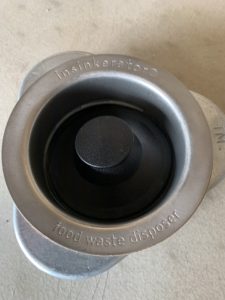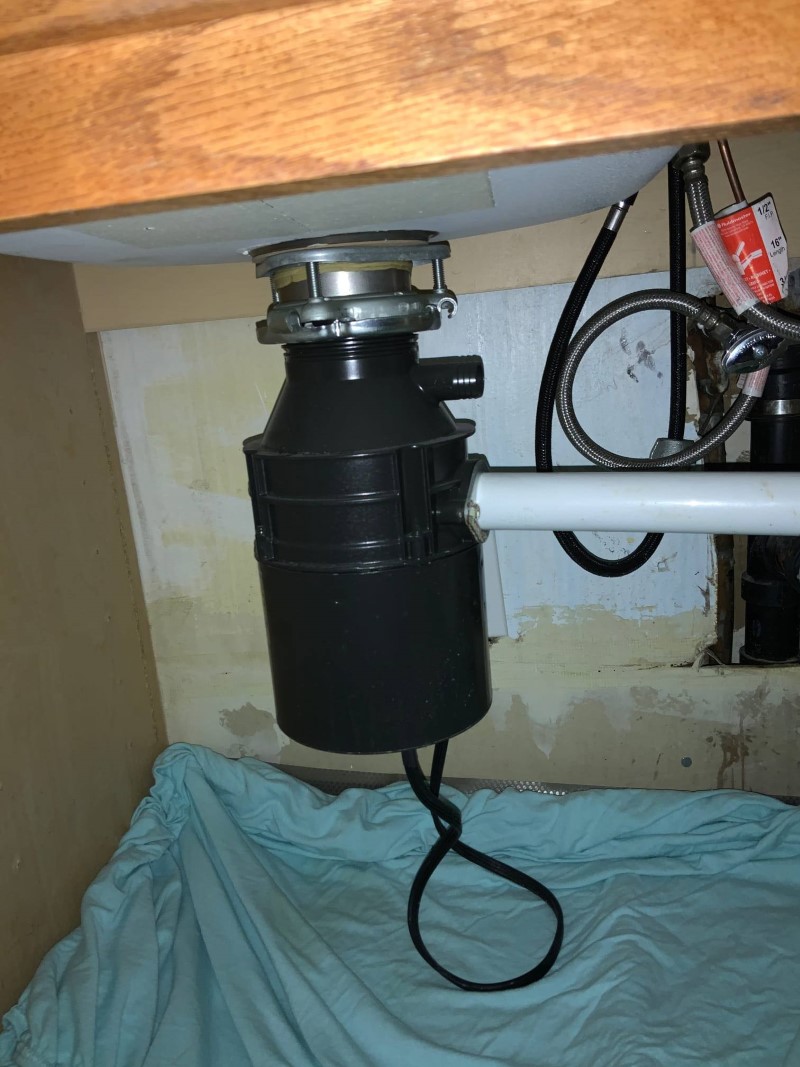My Definitive Guide to Fixing a Leaky Waste Disposal Unit
My Definitive Guide to Fixing a Leaky Waste Disposal Unit
Blog Article
The article author is making a number of great points relating to Why Is in general in the content further down.

Garbage disposals are crucial kitchen area home appliances that aid in dealing with food waste efficiently. However, a leaking waste disposal unit can be a frustrating and unpleasant issue to take care of. Thankfully, numerous leaks can be dealt with quickly with a couple of basic steps. In this write-up, we will certainly discuss exactly how to fix a dripping waste disposal unit effectively.
Introduction
Waste disposal unit are mounted under cooking area sinks and are developed to shred food waste right into smaller sized pieces, permitting it to pass through the pipes system easily. While these devices are typically trustworthy, leaks can happen gradually due to damage, loose connections, or damage to the system.
Usual Sources Of Leakages in Waste Disposals
Worn Seals and Gaskets
Seals and gaskets play an important role in stopping water from leaking out of the waste disposal unit. Over time, these elements can deteriorate, resulting in leaks around the disposal system.
Loose Links
The connections in between the waste disposal unit and the pipes system can become loosened in time, causing water to leakage out throughout operation.
Fractures or Openings in the Disposal Device
Physical damage to the garbage disposal, such as cracks or openings in the real estate, can also result in leakages.
Determining the Resource of the Leak
Before attempting to deal with a leaking garbage disposal, it is necessary to identify the source of the leakage. This can typically be done via visual assessment or by conducting basic examinations.
Visual Examination
Check the garbage disposal system thoroughly for any indicators of water leakage. Pay close attention to locations around seals, gaskets, and connection factors.
Evaluating for Leaks
One way to test for leakages is by running water via the disposal unit and checking for any kind of visible indicators of leak.
Devices and Materials Needed for Fixing a Dripping Waste Disposal Unit
Prior to beginning the repair work procedure, gather the essential tools and materials, consisting of a screwdriver, flexible wrench, plumbing professional's putty, replacement seals or gaskets, and epoxy or patching product for repairing cracks or holes.
Step-by-Step Overview to Dealing With a Dripping Waste Disposal Unit
Turn Off the Power
Before attempting any repairs, ensure that the power to the waste disposal unit system is switched off to stop the risk of electric shock.
Find the Leak
Determine the exact area of the leakage and establish the reason.
Tighten up Links
Utilize a wrench to tighten up any loose links between the disposal unit and the pipes system.
Change Seals or Gaskets
If the leakage results from worn seals or gaskets, eliminate the old elements and replace them with new ones.
Patching Fractures or Holes
For fractures or openings in the disposal device, usage epoxy or an appropriate patching product to seal the damaged area.
Testing the Garbage Disposal After Fixing
When the repair is full, examine the garbage disposal by running water through it to make sure that the leakage has actually been solved.
Preventive Upkeep Tips to Stay Clear Of Future Leakages
To prevent future leakages, it is vital to carry out regular maintenance on your waste disposal unit. This includes maintaining it clean, avoiding placing non-food things or hard things down the disposal, and periodically looking for leaks or other issues.
Conclusion
In conclusion, repairing a dripping garbage disposal is a reasonably simple process that can be completed with standard tools and products. By following the actions detailed in this write-up and exercising preventative upkeep, you can keep your garbage disposal in good working problem and avoid pricey repairs in the future.
What to Do About a Leaking Garbage Disposal
A leaking garbage disposal often goes unnoticed until you confront a sopping cabinet, a foul-smelling puddle, or an audible drip-drip-drip from the unit. The fix can be frustrating, too, because the leak can stem from a number of components in the system. Fortunately, with a little sleuthing, you can zero in on the leak and—depending on the exact location—stop the icky oozing and repair the component that caused it. Worst case scenario, if it turns out that the garbage disposal must be replaced, installing a new one is a reasonable do-it-yourself task for those with basic plumbing skills. Read on to keep the cash you’d otherwise hand over to a pro.
Prepare to find the leak
Prior to testing the garbage disposal for leaks, unplug it at the wall outlet and turn off the power from the breaker box to prevent electrical shock. Then insert a watertight sink stopper into your sink drain and wipe the unit dry with a clean cloth. In any handy container, mix a few drops of food coloring into a few cups of water, and pour the dyed water onto the sink stopper to help you locate the leak.
Investigate the source
the top, where the disposal meets the sink drain the side, where the dishwasher hose or main drain pipe connects to the disposal or the bottom of the unit Inspect each of these locations while gliding a light-colored rag over the unit; the dyed water will readily show on the rag and reveal the location of the leak. If a leak isn’t immediately apparent, remove the sink stopper and pour a few more cups of dyed water down the sink drain, then check for leaks again. Leaks near the top of the unit are more likely to show themselves while the sink is plugged, while side and bottom leaks are more noticeable while the sink is unplugged.
The metal sink flange that sits directly inside the sink drain is typically sealed around the top with plumber’s putty (a clay-like sealant) and then secured from under the sink with bolts. If the plumber’s putty deteriorates, or the bolts loosen, the flange can no longer form a watertight seal between the sink drain and the disposal—which could cause a leak at the top of the unit.
To reseal the leaky flange, you must first detach the garbage disposal. Start by loosening the screws securing the main drain pipe to the disposal, then loosen the screws in the metal clamp securing the dishwasher hose to the disposal and detach the drain pipe and dishwasher hose from the disposal. Loosen the screws in the mounting ring that connects the disposal to the metal mounting assembly beneath the sink, then pull down the disposal and carefully set it on a clean, dry surface. Loosen the bolts in the mounting assembly with a wrench, then pull down the mounting assembly and set it near the disposal.

I was made aware of that article about How to fix a pretty consistent leak from my garbage disposal from an acquaintance on our other web page. Sharing is good. You won't know, you could be doing someone a favor. We treasure reading our article about Tips on Fixing a Leaking Garbage Disposal.
Recurring Service Plans Report this page